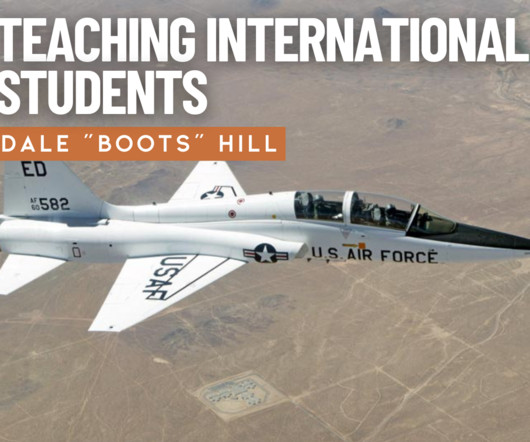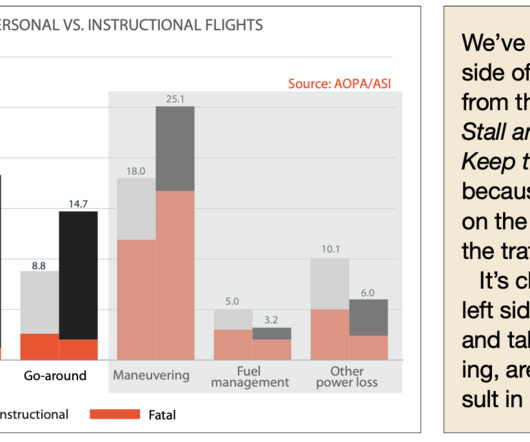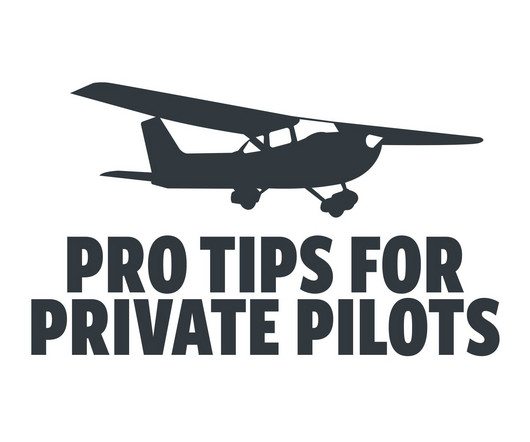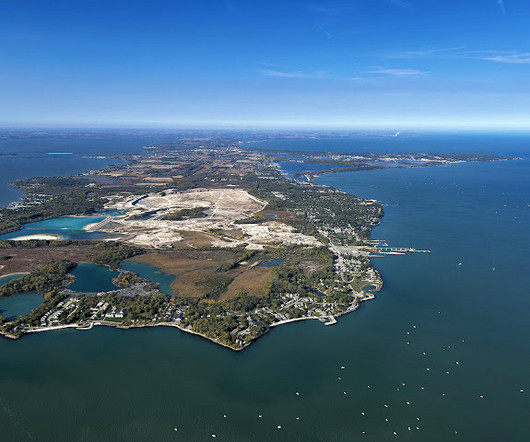Step-by-Step Guide to No-Flaps Landings for Pilots
Pilot Institute
DECEMBER 31, 2024
Crosswind Landings : Learning no-flap crosswind landings can help improve aircraft control in high-wind conditions. This is important because crosswinds can make it difficult to control the aircraft at low speeds, so a no-flaps landing can teach you how to land with a higher approach speed. Better situational awareness.




















Let's personalize your content